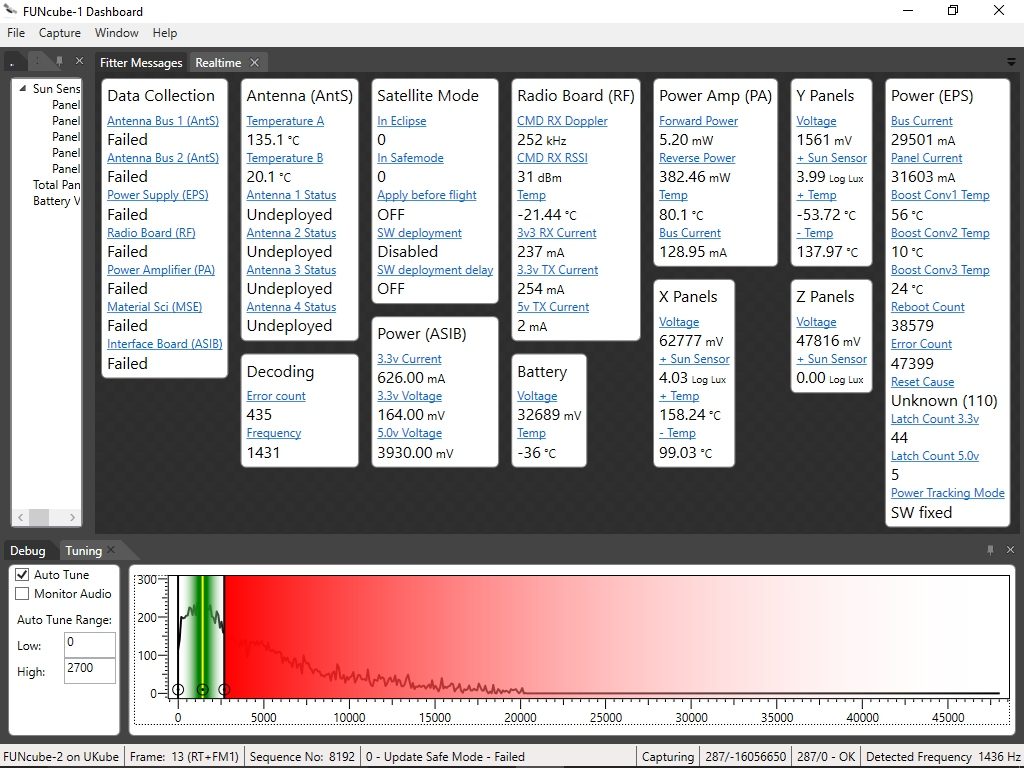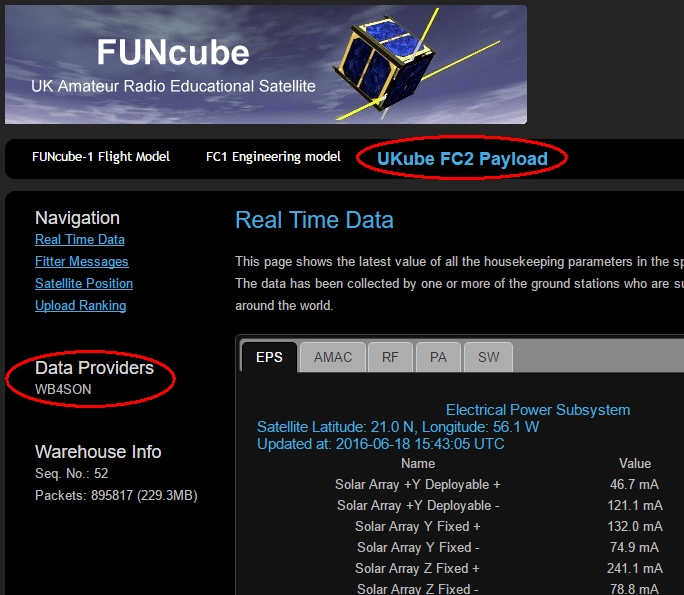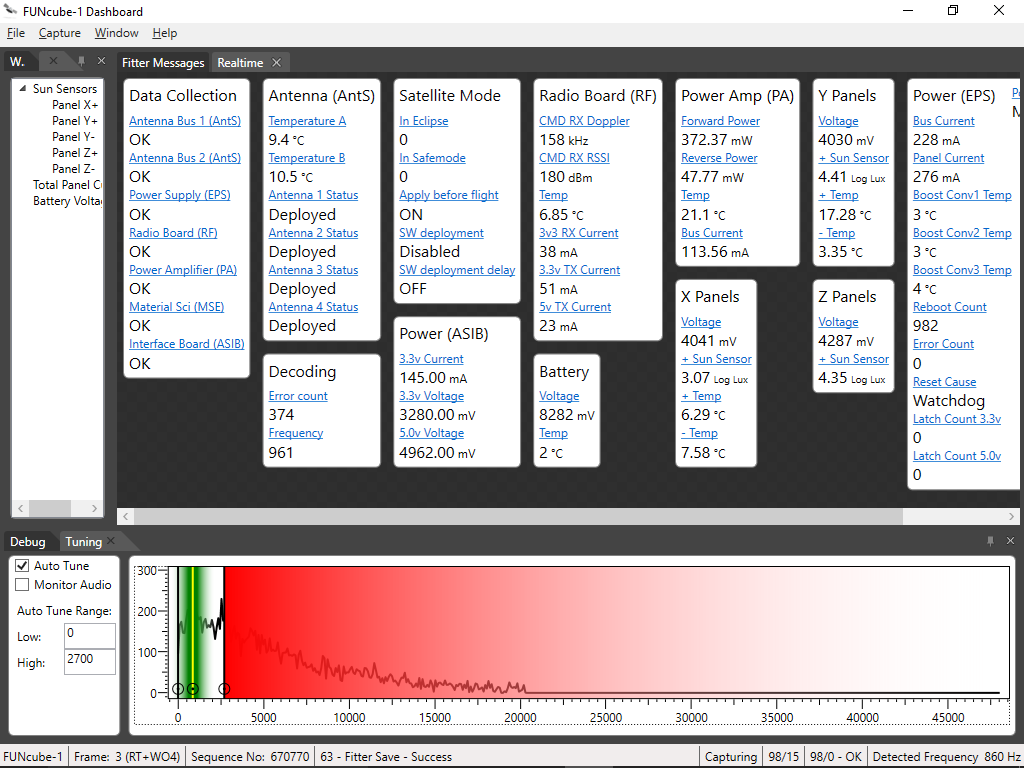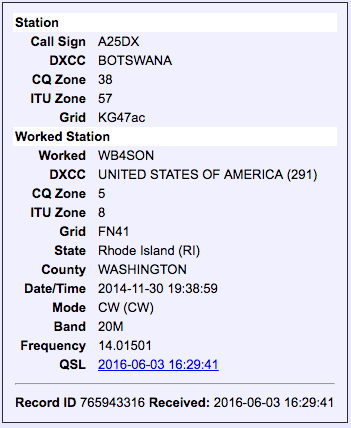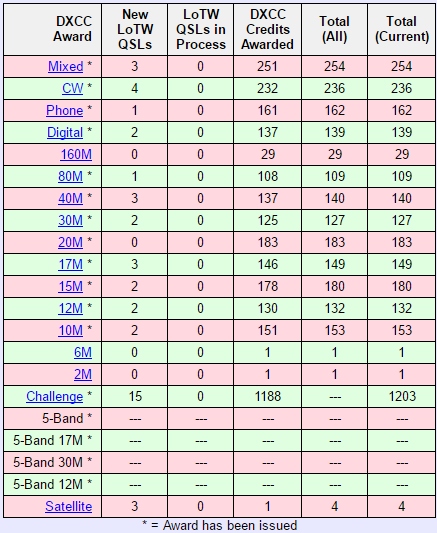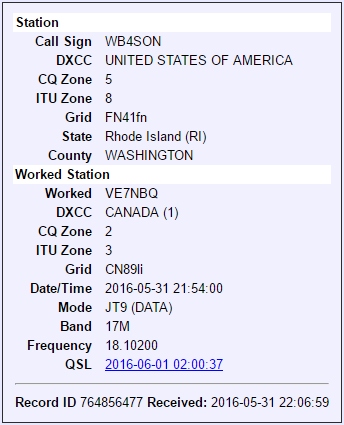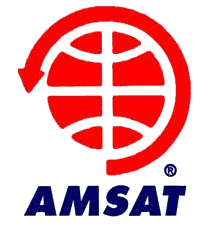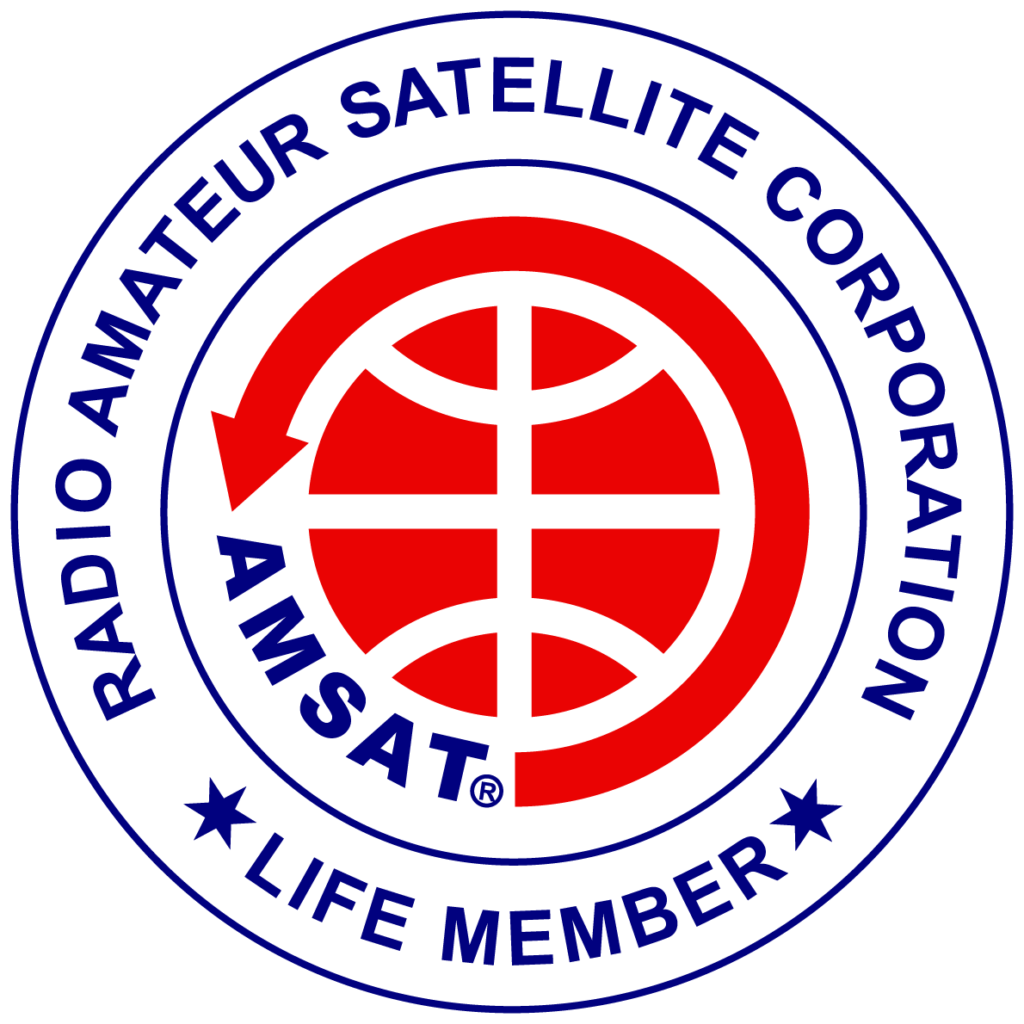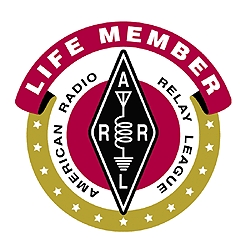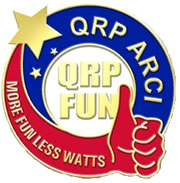I noticed a day or two ago that the UKube-1 transponder had been turned on. I believe it is going to be left in that mode full-time. I finally had a chance to capture a telemetry frame today during a 1136 AM pass.
The same software Funcube Dashboard, is used to decode the UKUBE-1 telemetry, and no sooner than I had 145.915 entered into my Doppler.sqf file for SatPC32, then I heard the hiss of the 1.2K BPSK, and a few seconds later I was rewarded with a captured frame:
Notice all the First Column “Failed” data — this is due to the fact that Funcube-2 is integrated into another larger satellite (UKube-1). Also don’t let the title of the program “FUNcube-1 Dashboard” fool you.
Going to the data warehouse, you select the “UKube FC2 Payload” on the right side, and sure enough you can see your data posting:
Note that UKube-1 is using the same boards as AO-73, so they have the same thermal issue on the uplink receiver. Reports indicate the actual frequency is 12-15 KHz higher than the posted values:
- 145.915 MHz FUNcube-2 telemetry 1k2 BPSK
- 145.930-145.950 MHz FUNcube-2 transponder downlink
- 435.080-435.060 MHz uplink (but more like 435.095-435.075 MHz)
By the way, this is the 12th communication satellite that is in my SatPC32 list (ISS, AO-7, FO-29, NO-44, SO-50, AO-73, NO-84, AO-85, XW-2A, X2-2C, XW-2F, UKube-1). I’m maxed out!

